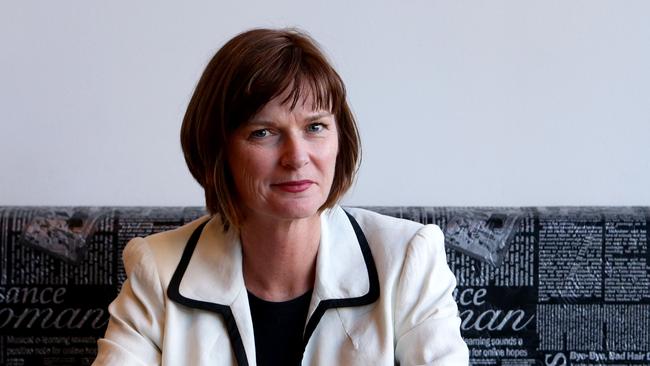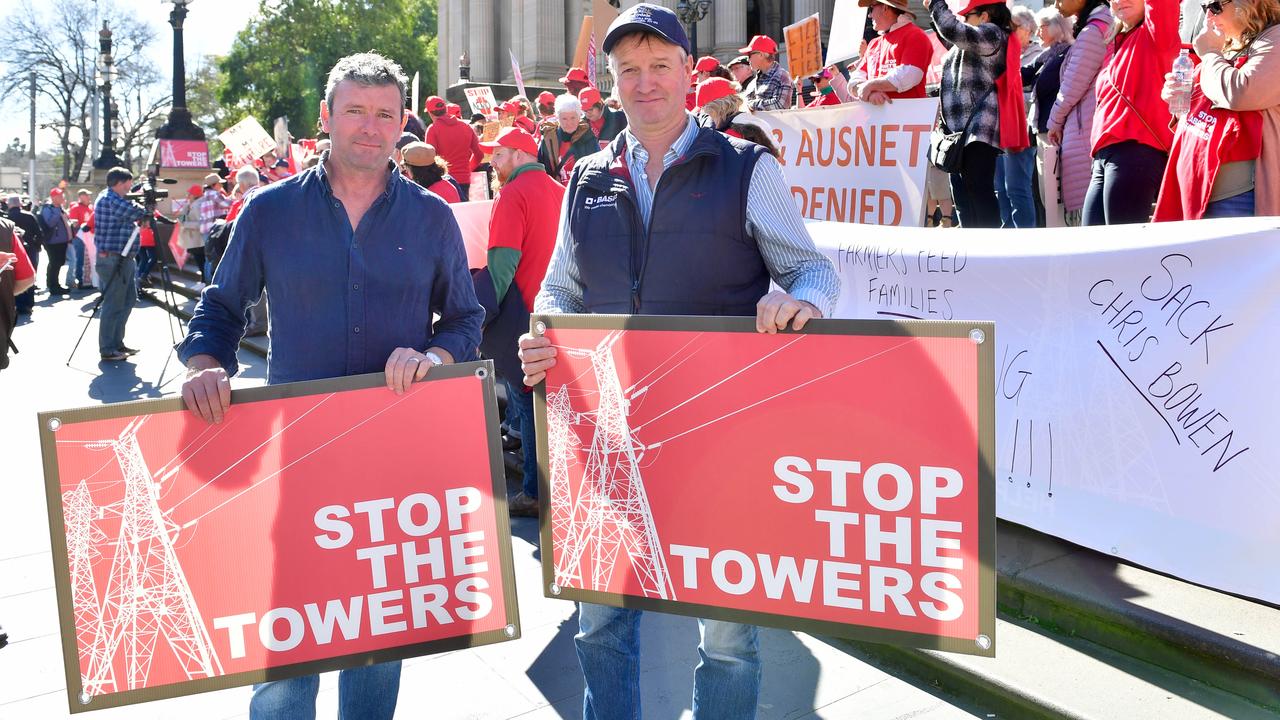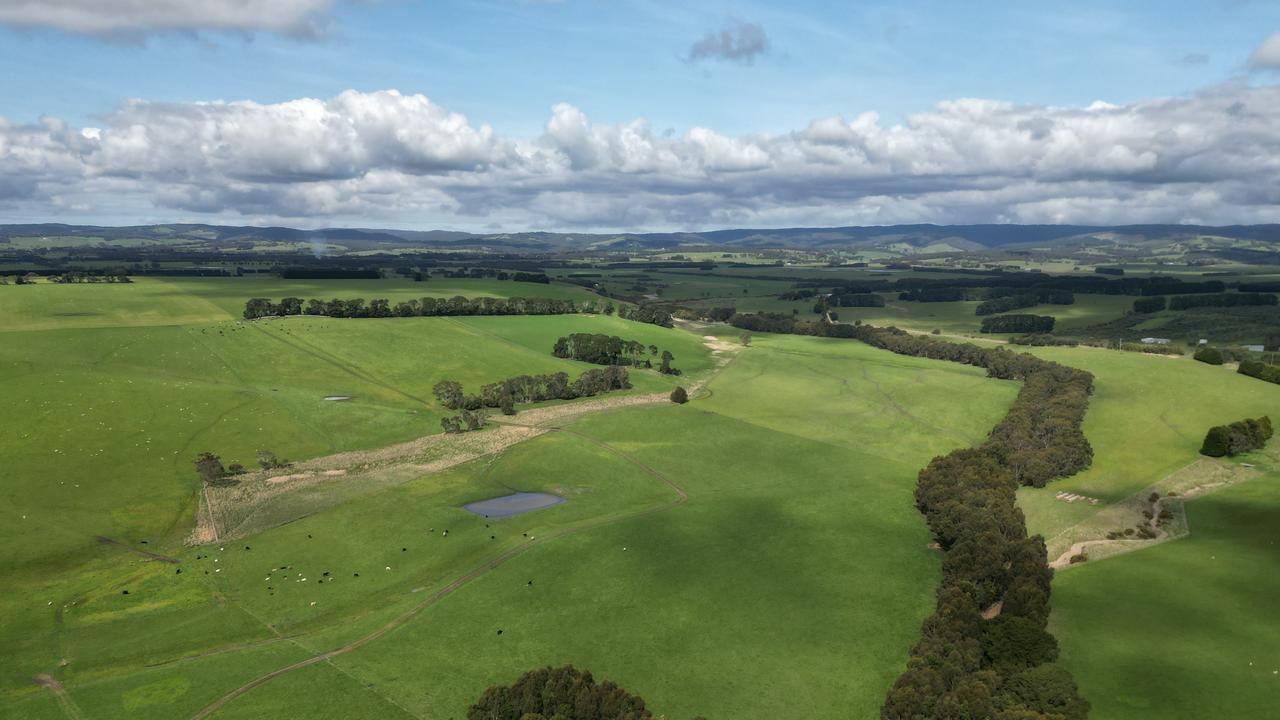Victorians face homelessness as regional housing crisis worsens
Skilled workers can’t find a place to live and face homelessness, leaving communities with critical shortages.

Sandy Sund has been an ambulance officer at Mallacoota for 15 years, but now faces the prospect of homelessness.
By the end of the month her nine-year rental house will be sold and with so few rentals on the market in East Gippsland she may be without a home.
Ms Sund is one of many regional Victorian skilled workers who have been caught in the depths of the state’s housing crisis.
Professionals who provide essential services and are the lifeblood of rural communities are being forced to leave towns or are unable to fill urgent vacant job positions because they have nowhere to live.
Ms Sund said rental prices had soared in East Gippsland, as the region faced a scarcity of available properties on the market.
“I knew from what was happening around Mallacoota there was no possibility of me finding accommodation because of the fires, property prices and people are more interested in the sale of their house than supporting their communities,” Ms Sund said.
“Three more houses in our street have gone up for sale now. There are currently four for sale and three are vacant and the owners only come down for holidays.
“There is a very great need in Mallacoota not just for myself, but for the older-age residents and also the younger generation who are in need of emergency housing.”
More than 700km away in western Victorian town, including Ararat, rentals are equally as scarce.
A doctor and her husband, who wished to remain anonymous, moved to the region in October last year to take up a critical healthcare role in the community.
After just six months, the young couple might be forced to leave Ararat because they were not able to find a place to live.
“There are so many people looking that it is creating an uneven competition,” the husband said.
“Some people are offering two to three months’ rent upfront; it has come to that situation.
“We can’t afford to buy, we are still more than six months of saving away from being able to buy.”
For the family in Ararat, staying in the town is critical for the doctor to complete four years of training in the community.
“She has to keep the job because she is in training here,” the husband said.
“With how busy the clinic is, she would be exhausted if we had to move away and she had to drive.
“We would prefer not to put her in that situation to have to drive an hour back and forth from somewhere like Ballarat.”
STATE OF PLAY
In 2020-21 net internal migration to Victoria’s regions was more than 15,200 people, the highest on record.
Regional Victoria’s population is expected to further increase, with Department of Environment, Land, Water and Planning estimates tipping a 21.1 per cent growth in the 15 years to 2036.
In the past year to December, building approvals for residential property in regional Victoria exceeded 20,000.
That was a 50 per cent increase compared to approvals before the Covid pandemic.
The increased housing approvals barely scratched the surface of the statewide regional housing shortage.
STRUGGLING SCHOOLS

Beyond healthcare, schools were also struggling with rural teachers unable to find suitable houses.
Australian Education Union Victoria president Meredith Peace said country schools were losing teachers due to the critical housing shortage.
“We’ve got examples of teachers commuting quite long distances where they have positions but just can’t get accommodation close by,” Ms Peace said.
“It does have an impact on students too. The relationship that teachers have with students is important and imperative, so you don’t want teachers leaving after six or 12 months.
“In the past we had teacher housing … most of those houses were sold during the Kennett Government period when they decided that we didn’t need them.
“They have been important in the past and maybe that’s one of the things that needs to be re-looked at so that when those professionals are moving into regional areas they will be able to do that because there is housing provided.”
A SAD STATE

A lack of critical workers was also threatening regional economies, with Bairnsdale Chamber of Commerce president Jaime Savoury describing the housing crisis in Gippsland as “a very sad state”.
“We have builders that want to employ more staff to build more houses but can’t get the staff. It is a vicious cycle,” she said.
“The government needs to increase community housing. We have families with nowhere to live in regional areas. We have nursing homes looking at filling their beds with the homeless.
“Surely the leaders of our state can see this as a huge human rights issue that needs to be addressed.”
FINDING A SOLUTION
In the 2022-23 federal budget, the Government pledged to expand its First Home Guarantee and Family Home Guarantee schemes.
The policy allowed eligible first home buyers to purchase a property with either a 5 or 2 per cent deposit without lenders mortgage insurance because the government guarantees the loan.
In turn, the Opposition pledged to start its own regional first home buyers support scheme to aid regional buyers.
Both the schemes were related to housing demand, with the Property Council of Australia chief executive Ken Morrison warning more needed to be done to address housing supply shortages.
“It is clear that the budget results are contingent on a strong bounce back in population growth and there are risks that falling housing supply also becomes a looming drag on the economy,” Mr Morrison said.
“While the HomeBuilder scheme saved jobs and delivered great benefits to households, the record pipeline of work it created will come to an end just as our population begins to recover, which will intensify the supply crunch we know is coming.
“Both HomeBuilder, and the expanded Home Guarantee Scheme are welcome demand-side measures, and cannot address the supply-side issues, which increase the cost of new homes.”

A Victorian Government spokeswoman said it was focusing on a series of programs designed to ease housing pressures.
The $5.3 billion Big Housing Build, which planned to deliver more than 12,000 new homes and boost social housing supply by 10 per cent across the state was their major policy.
The Victorian Government has also announced the Affordable Housing Rental Scheme, delivered as part of the Big Housing Build, which aims for at least 500 new and established homes in regional Victoria to become available to renters as early as the end of this year.
Under the program, fixed-term rental agreements of at least three years would be available to low to moderate income households in metro Melbourne and regional Victoria based on the income eligibility criteria.
The first affordable rental properties were anticipated to be available in regional Victoria, specifically Ballarat, Greater Geelong and Bendigo, from late this year.
The Government also said it had funded substantial land use planning reforms.
“Regional Victoria is booming right now and more people than ever are discovering all our great state has to offer,” the spokeswoman said.
“Regional Victoria is a great place to work, live or raise a family. That’s why the Andrews Labor Government has invested more than $30 billion in rural and regional Victoria since 2015.”

Meanwhile the Shadow Minister for Regional Cities and Decentralisation Bill Tilley said his party wanted to make more land available for potential buyers in regional areas.
“In places like Wodonga the rental vacancy rate is said to be 0.5 per cent but I can tell you it’s zero – you can’t get a rental,” he said.
“There are 20 applicants for every vacancy and rents have increased by 33 per cent.
“The Victorian Liberals and Nationals are committed to bringing land to market sooner, meaning more homes to rent and buy at cheaper prices.
“The housing pressures being experienced across regional Victoria are a result of a failure to plan by the Andrews Labor Government.”
“The Victorian Liberals and Nationals will invest $1 billion towards regional manufacturing, to further develop local economies and create new careers in regional centres.”
While these measures might provide support for communities down the line, Ms Sund was facing the harsh reality of relocation.

“There have been quite a few people that have made the decision to sell up and leave Mallacoota,” she said.
“It is a situation where everything that makes a community work is not working because there is not the housing stock, not the workers and not the income.
“Without those services, provisions of food, comforts and health support, it makes it very, very hard to stay in a community.”




